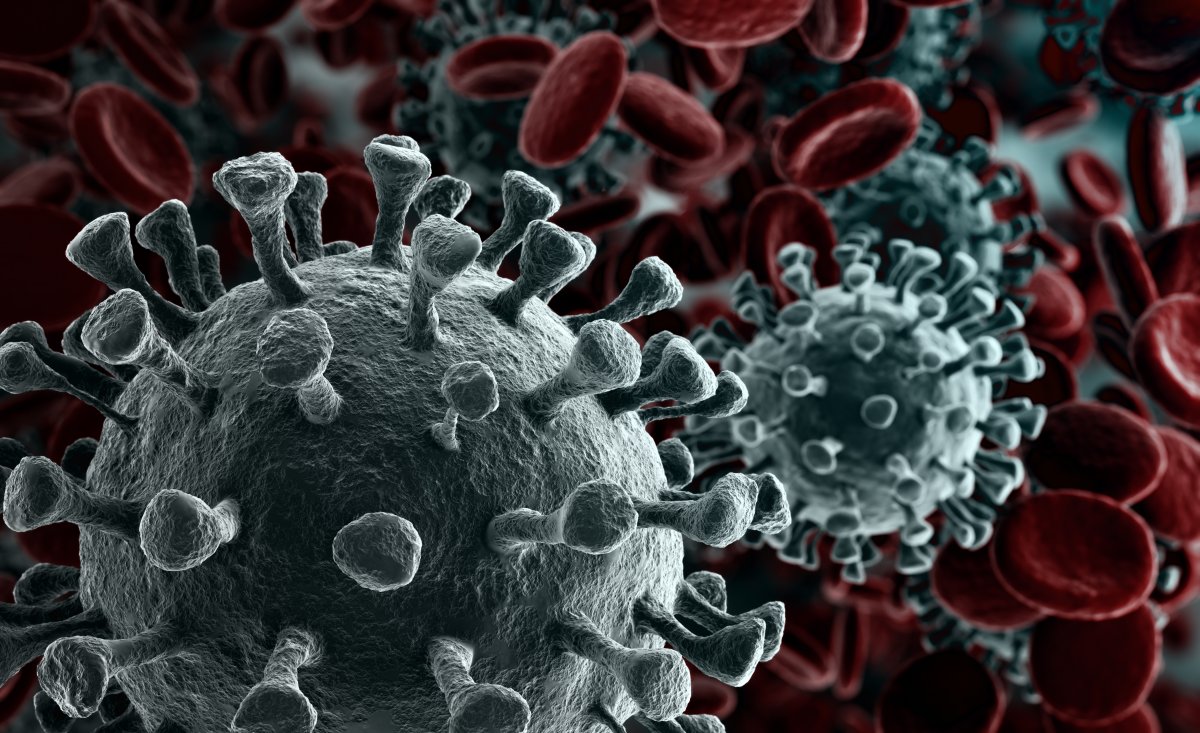New Corona variant: More data and many question marks
Source: Heise.de added 23rd Dec 2020“That too”, “We were just missing that” or simply: “Och nö”. The reactions to the coronavirus variant B.1.1.7, which experts have registered in Great Britain, are likely to have been something like this. The fact that the variant is actually more likely to be more easily transferable than previously circulating forms of SARS-CoV-2 can now be seen from new data. But although some experts assume that B.1.1.7 has already arrived in this country, they don’t exactly sound the alarm.
” No major problem ” ” I don’t think we’ll get a bigger problem there soon, “said the Berlin virologist Christian Drosten on Tuesday of the German press agency. It is quite likely that B.1.1.7 is now also in Germany. “But with the current restrictions, this variant is unlikely to gain a foothold in this country.” This is indicated by data published by Public Health England (PHE).
According to the paper, B.1.1.7 is spreading. Particularly quickly wherever insufficient restrictions lead to an increase in the number of infections, said Drosten. In areas in Great Britain where effective measures are in place, the new variant is also largely under control. For Germany, Drosten therefore concludes that the lockdown of the variant should leave little chance of spread.
So far, there has been no evidence that the new variant has an influence on the severity of the disease, Drosten added. “This is very important for the population, who are now concerned.”
No signs of reduced vaccination protection In addition, there are no signs of reduced vaccination protection due to B.1.1.7. The boss of the vaccine manufacturer Biontech, Ugur Sahin, also confirmed on Tuesday that his preparation is very likely to work against the new variant.
The World Health Organization (WHO) pointed out that all viruses change over time . Most of these mutations do not bring the pathogen any direct advantages, sometimes they are even a hindrance. In order to understand the effects of a specific mutation, complex and time-consuming studies are necessary.
PHE experts published a research paper on Monday, according to which B.1.1.7. is likely to be more easily transferable than other variants. To do this, they evaluated data from different regions. From the PHE model calculations, it can be deduced that the number of reproductions – i.e. the average number of people infected by an infected person – in the new variant, depending on the location, is around 40 until 40 percent is increased, said Drosten. “That is significant.” However, the estimates are fuzzy and should be treated with caution.
Presumably already in Germany The PHE paper had Drosten initially commented on Twitter with the sentence “Unfortunately, that doesn’t look good”, which caused a stir. He later explained that he only meant one aspect. “To put an end to speculation: this only related to the now clearer evidence of the increased spread of the mutant,” he also wrote on Twitter.
In Germany, according to Lothar Wieler, President of the Robert Koch Institute, has not yet been proven. The variant has probably already arrived anyway. “The probability that she is already in Germany, but not yet recognized, is very, very high,” said Wieler on Tuesday in Berlin. He pointed out that variant B.1.1.7 was detected for the first time in Great Britain in September, and there is already proof in neighboring countries such as the Netherlands and Denmark.
The importance of the variant for the infection process cannot be definitively assessed yet, said Wieler. This is being watched closely and there are still many questions unanswered. In general, it is clear: the more a virus spreads, the more opportunity it has to change.
Possibly more harmless The new variant of the virus is characterized by about 20 mutations in its genome. The mutation, called N 501 Y, should make it easier to invade human cells and cause infection. However, according to Drosten, it is unclear what the variant has the decisive advantage. It is conceivable that in B.1.1.7. less exposure to viruses to become contagious. But it is also possible that the variant ensures that an infected person has more viruses in the throat and is therefore more contagious.
It is positive that the new variant lacks a certain gene, that actually the severity of the disease intensified, said Drosten. “That is the good news.” So it could well be that B.1.1.7. is more harmless. This could also be a reason for the faster spread, said Drosten. Because people with no or only mild symptoms tend not to isolate themselves and can therefore increasingly infect others.
(mho)
brands: Boss Direct New other Under Control media: Heise.de keywords: Sound
Related posts
Notice: Undefined variable: all_related in /var/www/vhosts/rondea.com/httpdocs/wp-content/themes/rondea-2-0/single-article.php on line 88
Notice: Undefined variable: all_related in /var/www/vhosts/rondea.com/httpdocs/wp-content/themes/rondea-2-0/single-article.php on line 88
Related Products
Notice: Undefined variable: all_related in /var/www/vhosts/rondea.com/httpdocs/wp-content/themes/rondea-2-0/single-article.php on line 91
Warning: Invalid argument supplied for foreach() in /var/www/vhosts/rondea.com/httpdocs/wp-content/themes/rondea-2-0/single-article.php on line 91
